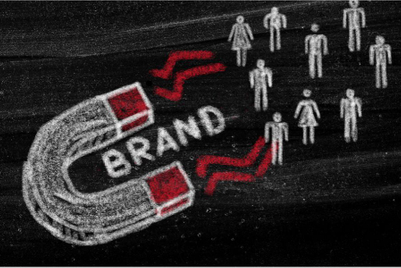.jpg&h=570&w=855&q=100&v=20250320&c=1)
Recently, there were news that Meta is working on offering end-to-end, AI-enabled advertising campaigns by the end of next year. These campaigns would be built on minimal inputs from advertisers—an image and a few words of description might be all that is needed to construct an entire campaign.
The questions that inevitably arise—what will happen to advertising agencies? And what will happen to the advertising ecosystem as we know it, including photographers, digital artists, film makers, editors, music directors and the like?
I will add a third question. What will happen to digital-only advertising agencies, who have painstakingly built expertise in identifying, pursuing and seducing the most receptive target audiences online?
Before we ring the alarm bells, it might be pertinent to note that Meta’s impact will be seen and felt mostly on its own platforms, Facebook and Instagram, where it has accumulated such humungous data about browsing and shopping habits that, perhaps, no one knows target audiences more intimately.
It is likely, therefore, that digital-only companies (either stand-alone or part of large networks) will feel the heat first. However, conventional advertising agencies have no reason to be sanguine, because clients may find the purported benefits of AI-generated campaigns too tempting to resist, especially if they have tasted success in digital media.
Platforms as frenemies: Meta rewrites the brief
Nothing prevents Meta, or its emerging competitors, from venturing beyond digital media and encroaching into areas conventionally occupied by advertising agencies. Television commercials, in particular.
Does this mean that advertising agencies, as we have known them, are under an existential threat?
I think the advertising agency is an adaptive, shape-shifting entity. It has survived many storms, internalised them, and re-energised itself to emerge in a different form. The AI revolution, or threat if you like, will be no different.
I spoke to a cross-section of professionals who are either fully into AI-based work, or use AI to enhance their conventional work. The overwhelming weight of opinion leans towards AI being a tool to sharpen work, save time, and cut costs.
Carl Savio, founder and CEO of Bengaluru’s Artificial Labs feels that AI is an accelerator for ideas but that it cannot, will not in the foreseeable future, replace the human mind. He points out that AI cannot achieve bisociation on its own, i.e., it cannot connect two apparently unconnected facts to create an exciting new idea.
Shortcut or straitjacket? What AI really delivers
The essence of creativity is to make the strange familiar, and the familiar strange. This ability comes from lived experience, observation, a mind trained to take leaps of imagination, and patient experimentation. That AI will replicate this, and make creative people redundant, is a worry for a very distant day.
Savio makes another important point. He says that good copywriters can potentially make effective prompt engineers, opening up a new career path.
Ashish Bhasin, former CEO-APAC and chairman-India at Dentsu International, is of the opinion that AI, when used properly, can free up valuable time and help agencies to think better, add value, and lift the average quality of their work. He believes that AI would only affect those doing mechanical and repetitive jobs. For instance, basic research and data crunching.
Niranjan Natarajan, CEO of Why Axis and a veteran creative director, is clear-eyed in his analysis, “It (AI) frees time for judgement, taste, and the human work of insight. However, he warns that when used lazily, “it will flood the world with look-alike ideas.”
Quicker, cheaper—yes. But at what cost?
From what I have gathered, the conversation between advertising agencies and clients seems confined mostly to getting a “quicker and cheaper” output. The impact of AI cannot be reduced to just these two metrics. The changes and possibilities are far more significant than earlier “quicker and cheaper” revolutions; for e.g., shooting on transparency film versus shooting on digital cameras.
Nor it is like the early days of digital advertising, where virality was an obsession with brand managers. I was often asked to create a viral ad to go on YouTube, until I convinced a particularly persistent client that virality could not be engineered; I showed him the most viral video of the week—a chimp trying to molest a frog.
Such serendipity has little place in the use of AI. The more precise the objective, and the more penetrating the input, the better the result. And this needs human intervention. It needs sharp strategic planners and on-the-ball creative professionals.
The conversation needs to evolve to layering the brilliance of human insight with the incredible interpretational and executional capabilities of AI. About maintaining brand voice and achieving creativity relevant to cultures, prevailing attitudes and emerging trends even as deadlines become shorter and costs shrink.
Experts feel that AI cannot yet produce the nuanced storytelling or emotional depth that humans provide. Over-reliance on AI may result in losing uniqueness.
Marrying instinct with intelligence
The more things change, the more they remain the same. “The choice before us is: it can be done; should it be? That demands discernment and judgement more than ever,” says Niranjan, who has been a cross-generational creative director.
With AI’s seemingly limitless capabilities comes the temptation to over-do things, to over-bake an idea, just because it’s possible. This is where wisdom and experience come into play. Guess: Who has always supplied these inputs?
Krishnagopal Kodoth, a long-time creative director, book designer, and AI evangelist, says, “The real edge will come from pairing tech know-how with emotional intelligence and a sharp feel for culture. That’s what will keep us relevant.
How is that different from any era of tech revolution, even in the limited field of advertising? He goes on to say, “The best ideas (will) still come from human instinct and imagination. AI can help get things done faster, but the idea - the heartbeat of any campaign - has to come from us.”
Are there no losers, then? Savio is of the opinion that the AI revolution, like much else before it, is a zero-sum game. Some will gain, some will lose.
At the moment, those who are clinging to “the good old days” are in danger of being consumed by the AI wave. Just think back to when large advertising agencies looked down upon burgeoning digital agencies—and, when they saw business migrating, they decided in panic to acquire readymade digital outfits, or start one themselves. Or think of photographers who did not embrace the digitalisation of creativity and lost out to those who were savvier.
Finally, there will be those agencies and creative hot shops who will use AI better than others, their output more visibly polished and more emotionally resonant. Would costs remain the same then? Agencies may use a wide array of licensed AI tools, but manning them will be sharper and better paid minds. The “cheaper” advantage could also become a thing of the past if clients want the best - and are willing to pay for it.
So, yes, ad agencies will once again ride out the storm.

- GS Shridhar, former national creative resource and branch director at Bengaluru’s SSC&B Lintas and former creative director at Lintas in Chennai. He has also wrote the book ‘Life, lightly roasted’.


.jpg&h=334&w=500&q=100&v=20250320&c=1)

.jpg&h=334&w=500&q=100&v=20250320&c=1)
.jpg&h=334&w=500&q=100&v=20250320&c=1)

.jpg&h=334&w=500&q=100&v=20250320&c=1)
.jpg&h=334&w=500&q=100&v=20250320&c=1)


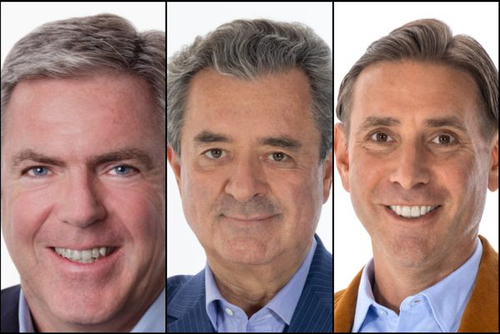
.png&h=268&w=401&q=100&v=20250320&c=1)
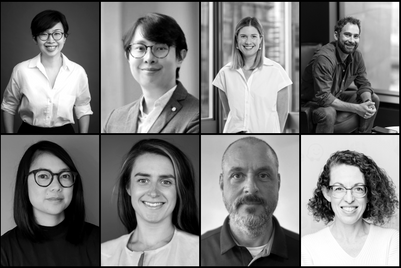
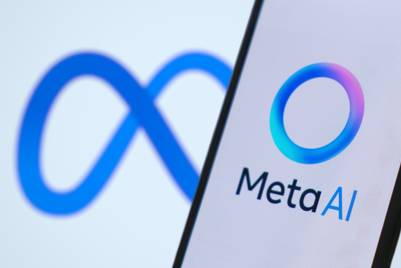
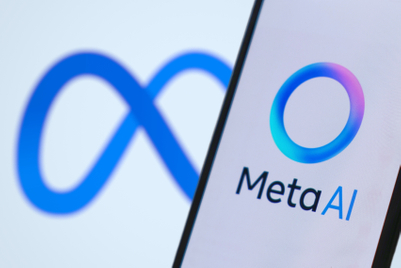
.jpg&h=268&w=401&q=100&v=20250320&c=1)

.jpg&h=268&w=401&q=100&v=20250320&c=1)
